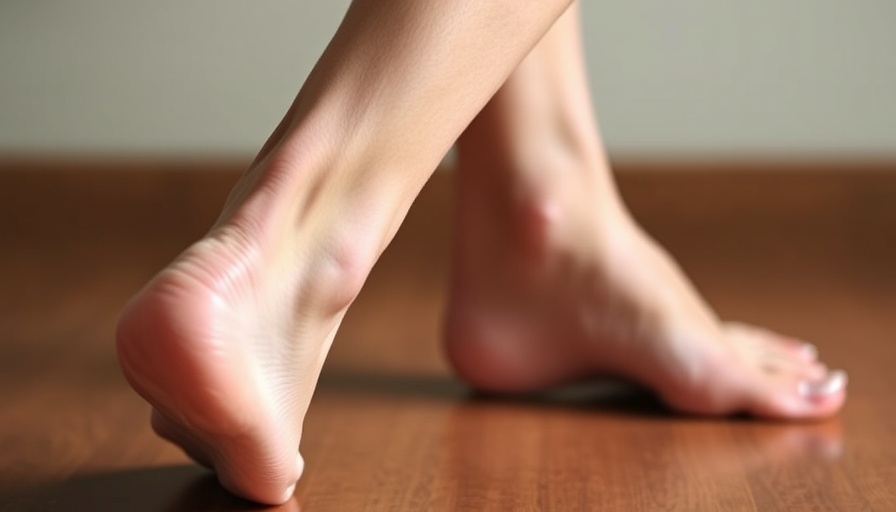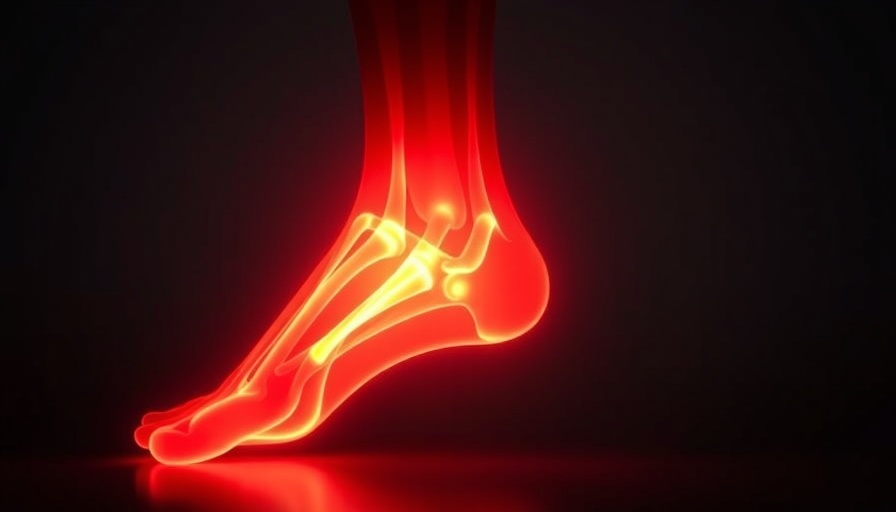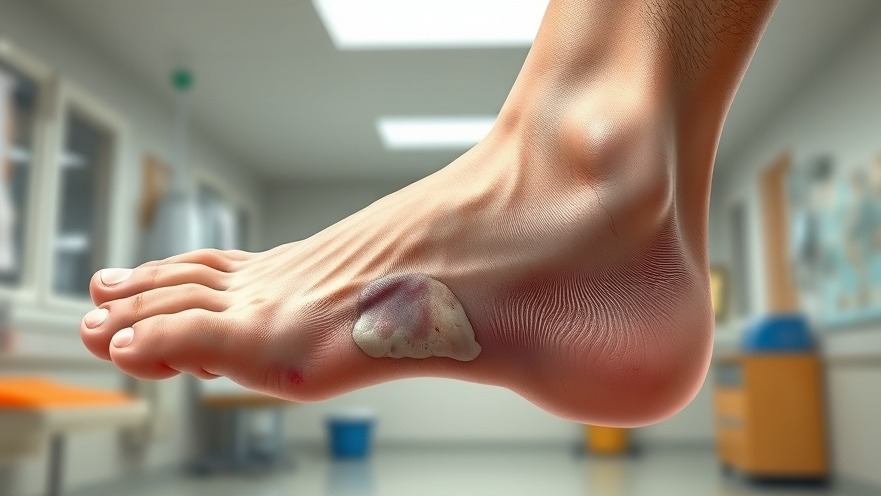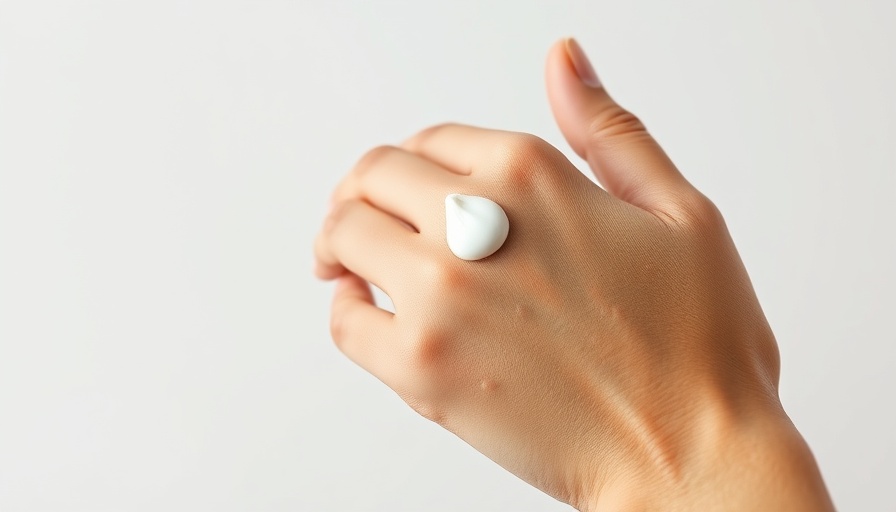
The Anatomy of Our Feet: A Marvel of Engineering
Our feet are intricate marvels of engineering, perfectly adapted to propel us across diverse landscapes. As we engage in daily activities, every step we take highlights the remarkable structure of bones, muscles, and ligaments working together in harmony. Yet, like any finely tuned machine, even slight deviations in our walking motion can lead to wear and tear, manifesting in common issues like blisters, calluses, and other foot-related complications.
Understanding Calluses: What Are They and Why Do They Form?
As we walk, our skin responds to repetitive stress or abnormal friction—factors that often trigger the development of calluses. Initially, our skin may form blisters to signal irritation. However, with repeated stress in specific areas, thicker skin develops in the form of a callus, serving as a protective layer against ongoing friction. Think of this process as similar to how a worn-out shoe sole creates uneven surfaces, which lead to increased wear and tear.
Could Your Gait Be Causing Your Calluses?
While various factors, including footwear choices, contribute to callus development, understanding our biomechanical gait is crucial. During our “gait cycle,” our feet undergo two main phases: the stance and the swing. In the stance phase, our feet bear weight and transition from heel strike to push-off. Each step involves a complex interaction among the bones, muscles, and ligaments, carefully distributing load across the foot. When this load exceeds our skin's capacity, it triggers protective measures, initially producing redness or blisters, eventually leading to callus formation.
Elucidating the Causes: Foot Mechanics That Matter
The way we walk plays a significant role in the distribution and severity of calluses. Key culprits include:
- Excessive Pronation: The inward rolling of the foot can lead to calluses on the inner foot, heel, and big toe.
- Supination: An outward roll may cause calluses on the outer edge of the foot and the little toe.
- Clawed or Hammertoes: Curled toes create abnormal pressure points, exacerbating callus formation.
- High Arches: Less surface area for weight distribution means concentrated pressure on certain foot areas, typically the ball of the foot or heel.
- Leg Length Discrepancies: Uneven leg lengths can tilt the pelvis, leading to asymmetrical callus distribution.
Why Understanding Callus Formation Is Crucial for Health
Awareness of how biomechanical gait impacts callus formation goes beyond immediate discomfort; it can prevent long-term foot and ankle problems. For individuals with compromised health conditions like rheumatoid arthritis or diabetes, callus formation can escalate into severe complications, including ulceration or infection. Therefore, understanding your foot's mechanics is vital for maintaining your mobility and overall health.
Taking Action: Proactive Steps for Preventing Calluses
Understanding your body is the first step toward healthy living. Here are several proactive measures you can take to mitigate callus formation:
- Pay attention to early signs of pressure overload, like redness, pain, or changes to your foot's appearance.
- Consult with a professional, such as a podiatrist, who can help assess and diagnose any biomechanical imbalances.
- Consider investing in customized orthotics that offer support tailored to your foot's unique structure.
- Regularly inspect your footwear, ensuring they provide adequate support and cushioning while minimizing friction.
- Explore options like medical pedicures—a treatment designed to address foot health while providing aesthetic benefits. Look for “med pedi spa near me” for local options tailored to your needs.
Call to Action: Prioritize Your Foot Health Today
Taking care of your feet is essential for your overall well-being. Recognizing the connection between your gait and callus formation can empower you to make informed decisions about your foot health. If you’re experiencing discomfort or wish to prevent future issues, don’t hesitate to seek professional guidance. Many options, like a medical pedicure spa, are available to help you maintain healthy feet and enjoy a pain-free lifestyle.
 Add Row
Add Row  Add
Add 




Write A Comment